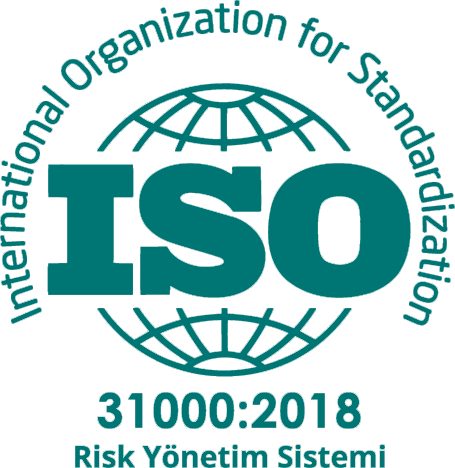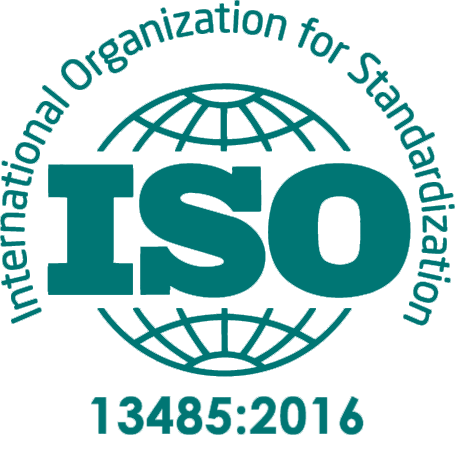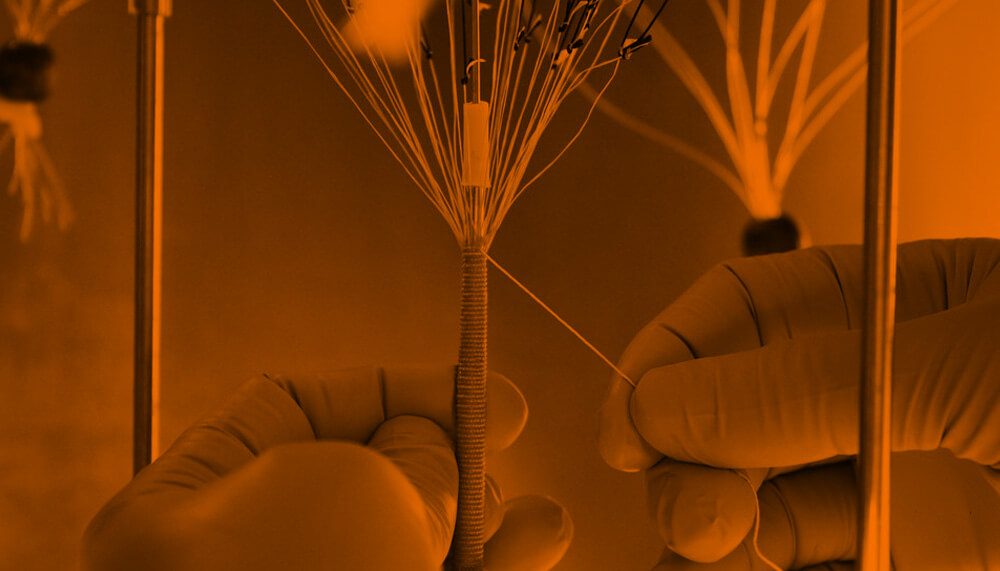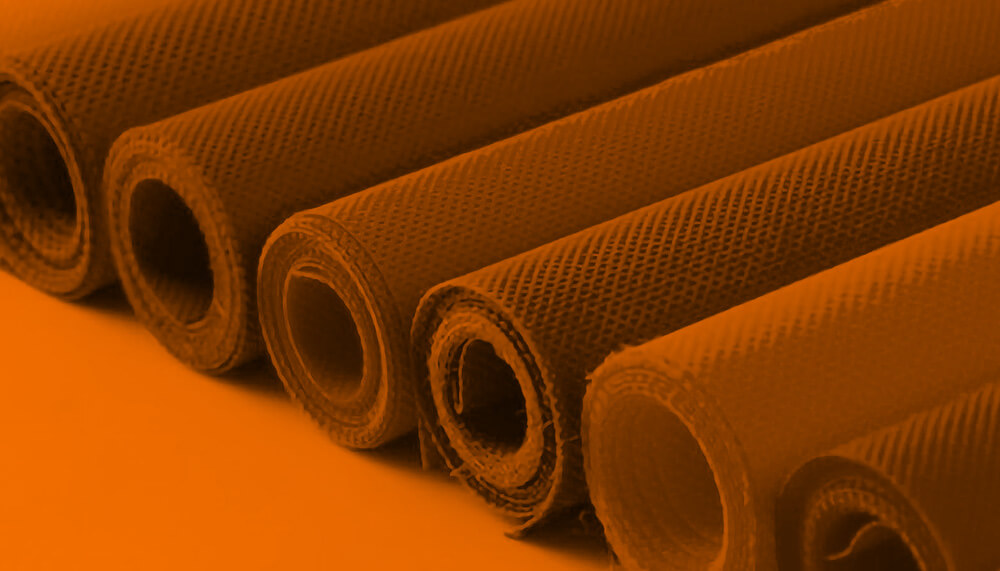Why is Medical Apparel Important?
Medical apparel plays a critical role in ensuring the safety, comfort, and hygiene of healthcare professionals and patients. Here are some reasons why medical apparel is important:
1. Infection Control: Medical apparel helps prevent the spread of infections. Especially in hospital and clinic settings, proper attire contributes to maintaining hygienic standards and reducing the risk of infection.
2. Patient Protection: The use of appropriate medical apparel by healthcare personnel protects patients from bacteria, viruses, and other infections. This reduces the risk of patients acquiring infections while receiving healthcare services.
3. Protection for Healthcare Workers: Medical apparel protects healthcare workers from various hazards. Particularly during surgical procedures, garments like surgical gowns reduce the risk of skin contact and potential hazards from blood and other bodily fluids.
4. Preservation of Sterile Environments: Medical apparel aids in the preservation of sterile environments. In surgical areas and other sensitive medical environments, the use of proper medical attire can impact the sterility of the environment and surgical outcomes.
5. Professionalism and Trust: The use of medical apparel by healthcare professionals enhances patient trust and creates a professional image. This helps patients feel safe during their treatment processes, knowing they are receiving reliable healthcare services.
In conclusion, medical apparel is of vital importance in ensuring safety, maintaining hygienic standards, and providing quality patient care in healthcare settings. Therefore, healthcare institutions should implement appropriate medical apparel policies and take necessary measures to ensure the safety of both staff and patients.


